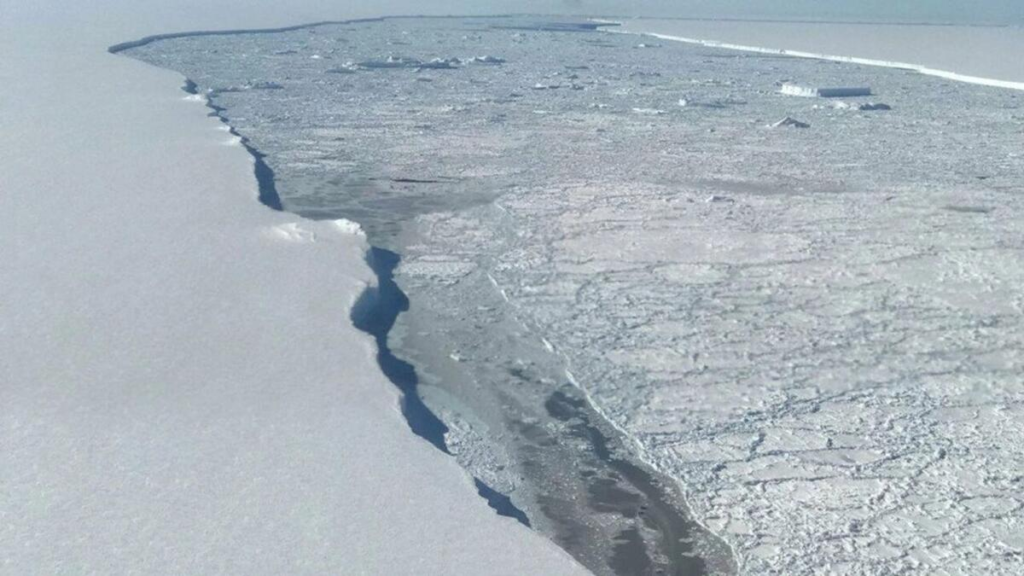
Scientists have discovered the world’s largest iceberg, which is located in the Antarctic Ocean. The giant iceberg is about the size of Rhode Island and weighs an estimated 1 trillion tons. Satellite imagery and aerial surveys were used to identify and map the iceberg.
In a frosty tale starting back in 1986, scientists have unveiled mind-blowing details about A23a. The giant iceberg is grabbing headlines as it edges toward the trillion-ton mark. Recent satellite measurements spill the frozen beans. It revealing this behemoth boasts an average thickness of over 280 meters (920 feet) and covers a vast area of 3,900 square kilometers (1,500 square miles).
To help you wrap your head around it, picture a frozen credit card more than twice the size of Greater London! For a quick comparison, London’s 22 Bishopsgate skyscraper stands at 278 meters, just a tad shorter than A23a’s average thickness.
These remarkable measurements are thanks to the European Space Agency’s CryoSat-2 mission. This seasoned spacecraft uses a radar altimeter to figure out how much of the iceberg is above the waterline. It aids scientists in keeping tabs on its thickness and predicting its moves.
A23a was born from a mass breakout of icebergs from the Filchner Ice Shelf in the Antarctic. It has been a floating “ice island” for over three decades. The recent data explains why: it’s not a uniform block of ice. One specific section, with a draft reaching almost 350 meters, acted like a deep keel, keeping the iceberg anchored for years.

Opportunity or Threat To Humanity?
Over the past decade, A23a has been gradually shedding mass at a rate of 2.5 meters per year. It is influenced by the warming waters of the Weddell Sea. Now, at a crucial point in its journey, the iceberg is on the brink of leaving the Antarctic behind, and its future path through the Southern Ocean is hanging in the balance.
Scientists are keeping a close eye as A23a approaches the tip of the Antarctic Peninsula, where various fast-moving water streams come together. Its interaction with these currents and prevailing westerly winds will decide its next move. All signs point towards “iceberg alley,” guiding it towards the British overseas territory of South Georgia.
The journey of A23a isn’t just a spectacle; it’s a significant environmental player. Large icebergs like this stir ocean waters, bringing nutrients to the surface and fertilizing the ocean. As A23a ventures forth, scientists expect to witness phytoplankton blooms in its wake, showcasing the iceberg’s profound influence on the Southern Ocean.
Stay tuned as this trillion-ton marvel continues its enthralling journey through the chilly expanses of the Southern Hemisphere!

